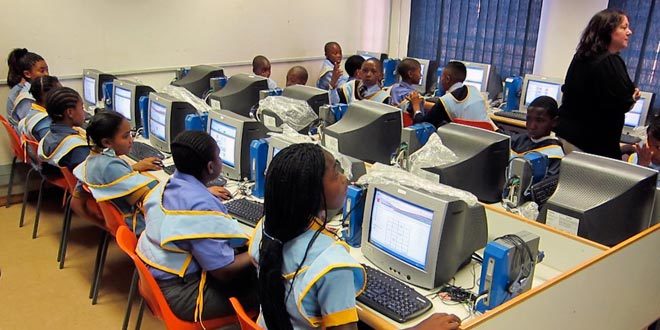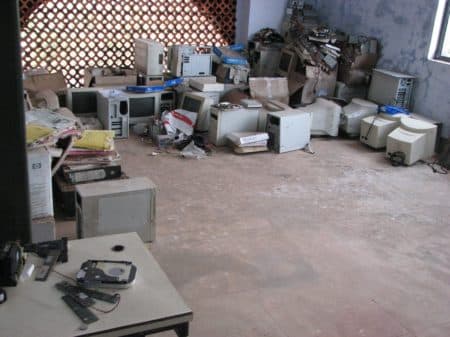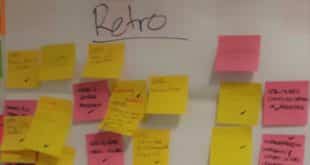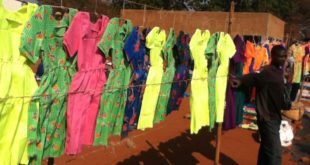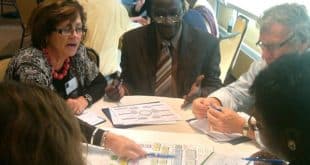Sustainability is the nirvana of development. Everyone wants to get there but very few actually do.
Most donors only want to fund projects that will be sustainable, so they include it as a section in their proposal template. Writing the sustainability section can either be very easy (if you just fill it with a bunch of meaningless buzzwords) or very hard (if you actually want your project to be sustainable). This post is for people who choose the latter option.
How will your project become sustainable?
There are three possible long term outcomes for a project. These determine how it can become sustainable.
Option 1: It’s a short term project that only needs to be implemented once
Some projects really only need to be done once. For example, a mass media campaign to inform people about a new law only needs to be done once when the law is passed. Similarly, moving all health records from paper files to computers is also something that only needs to be done once.
For these projects sustainability is about ongoing maintenance. Although maintenance costs may be low compared to the initial project, if there’s no way to cover them then things won’t last very long.
People often think that donating vehicles, computers and equipment is something that only needs to be done once, but without proper maintenance this is what you end up with:
Photo by Praveenp
Even mass media campaigns and training sessions have ongoing “maintenance” requirements. Participants may need refresher training or periodic updates to keep them informed.
For these types of projects the questions you need to answer in your sustainability section are:
- What are the ongoing maintenance costs?
- Who is going to pay for those maintenance costs?
- How can you be sure they are going to pay? Is money already allocated in their budget?
- Do they have the technical skills and equipment to be able to do the maintenance? If not, how will they get them?
If you can’t honestly answer each of those questions, then perhaps your project actually falls into option number 3.
Option 2: It’s a social enterprise that will eventually make its own income as a private company
The second group of projects are those that will eventually generate their own income. These are usually social enterprises. For example, companies that sell locally made produce, or start-ups working on a new technology or piece of software.
A less common variation is organisations that plan to set up a private company which would then donate to the program. For example, setting up an import business and using the profits to fund an early learning program.
If your project falls into this category then the sustainability section should look more like a business plan. You will need to answer the following questions:
- What product are you selling?
- How much are you selling it for?
- What is the value of the product? How will you market it?
- How many people do you expect will buy the product? What evidence do you have that this is likely to happen?
- How long will it take you to break even? How long to make a profit?
- How much of the running costs for the program will be covered by the income generated?
Be careful of being too optimistic in your business plan. The vast majority of small businesses fail, and the same is true for social enterprises. Even some of the biggest social enterprises (like PSI and Marie Stopes) need donations to cover parts of their program.
Option 3: It’s an ongoing program that will need to be funded forever (or for a very long time)
People often describe their activities as a short term project, when it’s actually a long term program that needs ongoing funding. They worry that donors won’t be interested in funding something that isn’t perceived as “sustainable”.
However, if you think about developed countries there are a vast number of ongoing programs that receive permanent funding through taxes. Healthcare, education, child protection and social security programs are just some of the things that always need to be funded.
The same applies in international development. If you are running a program that needs permanent funding, then eventually that program needs to be paid for by an ongoing source of income – of which the most obvious is taxes. This means the program will eventually need to be taken over by the government of the country, or an international organisation that has long term funding from governments of other countries.
This is much easier said than done. Some of the questions you will need to answer in your sustainability section are:
- How will the government (or an international organisation with long term funding) take over the running of your program?
- How will they pay for it? Have the allocated money in the budget?
- How can you be sure they will take it over? Have they signed an agreement saying so?
- Do they have the technical skills and equipment to be able to continue running the program? If not, how will they get it?
Things not to write
There are many things that you shouldn’t write in the sustainability section of a proposal. Here are some common ones that I’ve seen (although to be fair, I’ve also seen quite a few donors accept these as justification for sustainability).
Registering a local NGO
Many international NGOs claim that their sustainability strategy is to eventually register a local NGO that will continue their activities. While starting a local NGO may be an excellent idea, it does not in itself explain how the program will be sustainable. The local NGO will still need funding (and may have a harder time getting it than the international NGO).
Volunteers or crowdsourcing
Some people claim their projects will be continued without any funding, by volunteers who work for free. In technology projects this is often called crowdsourcing, usually with analogies to Wikipedia or Linux.
This is not realistic. Even with a committed group of volunteers most projects will eventually fizzle out and die. You can’t rely solely on a few well-meaning people, although they could be part of a bigger sustainability strategy.
Continuing to seek funding
This is fundraising, not sustainability. Continuing to apply for funding with other donors may be something you need to do in the short to medium term. But eventually you need a sustainability strategy that leads to one of the three permanent outcomes already mentioned.
Photo by DevInfo GameWorks

